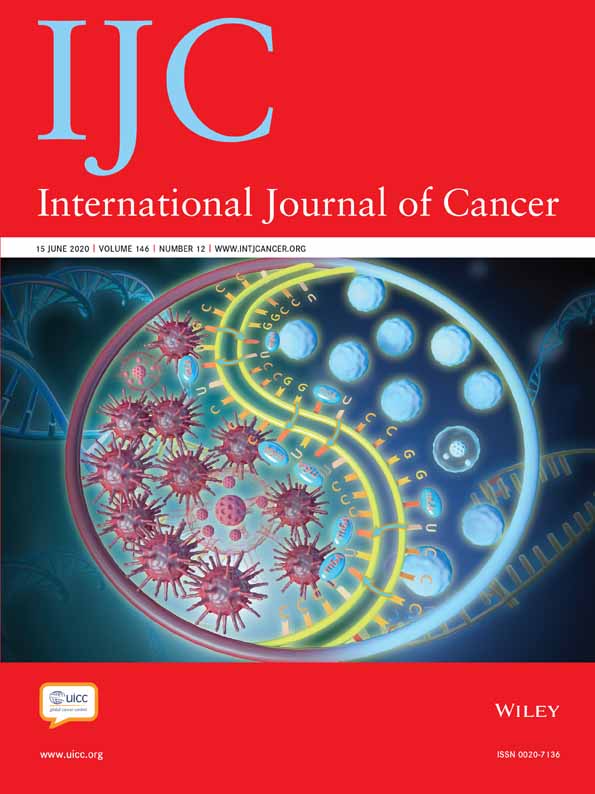Liver haploinsufficiency of RuvBL1 causes hepatic insulin resistance and enhances hepatocellular carcinoma progression
Abstract
RuvBL1 is an AAA+ ATPase whose expression in hepatocellular carcinoma (HCC) correlates with a poor prognosis. In vitro models suggest that targeting RuvBL1 could be an effective strategy against HCC. However, the role of RuvBL1 in the onset and progression of HCC remains unknown. To address this question, we developed a RuvBL1hep+/− mouse model and evaluated the outcome of DEN-induced liver carcinogenesis up to 12 months of progression. We found that RuvBL1 haploinsufficiency initially delayed the onset of liver cancer, due to a reduced hepatocyte turnover in RuvBL1hep+/− mice. However, RuvBL1hep+/−mice eventually developed HCC nodules that, with aging, grew larger than in the control mice. Moreover, RuvBL1hep+/− mice developed hepatic insulin resistance and impaired glucose homeostasis. We could determine that RuvBL1 regulates insulin signaling through the Akt/mTOR pathway in liver physiology in vivo as well as in normal hepatocytic and HCC cells in vitro. Whole transcriptome analysis of mice livers confirmed the major role of RuvBL1 in the regulation of hepatic glucose metabolism. Finally, RuvBL1 expression was found significantly correlated to glucose metabolism and mTOR signaling by bioinformatic analysis of human HCC sample from the publicly available TGCA database. These data uncover a role of RuvBL1 at the intersection of liver metabolism, hepatocyte proliferation and HCC development, providing a molecular rationale for its overexpression in liver cancer.
Abstract
What's new?
RuvBL1 is overexpressed in liver cancer, and inhibiting it slows cancer cell growth in vitro, making it a potential anticancer drug target. However, the protein's molecular mechanisms aren't well known in either cancer cells or normal liver cells. Here, the authors created mice heterozygous for a RuvBL1 knockout. While these mice had a later onset of liver cancer, the nodules eventually grew larger than those in wild type mice. The mutated mice also developed hepatic insulin resistance. Whole transcriptome analysis showed that RuvBL1 plays an important role in regulating hepatic glucose metabolism.
Open Research
Data availability
The data that support the findings of our study are available from the corresponding author upon reasonable request. Transcriptomic data have been deposited in the European Nucleotide Archive (ENA) at EMBL-EBI under accession number PRJEB34908 (https://www.ebi.ac.uk/ena/data/view/PRJEB34908).




